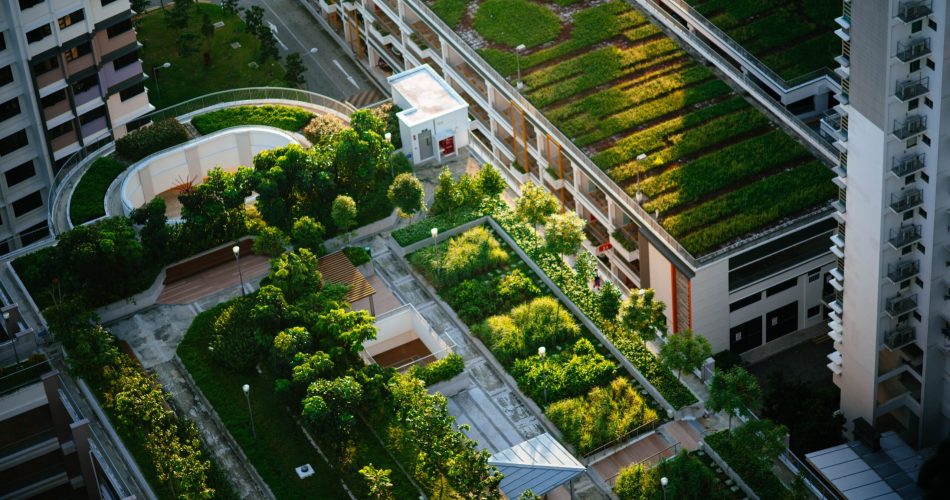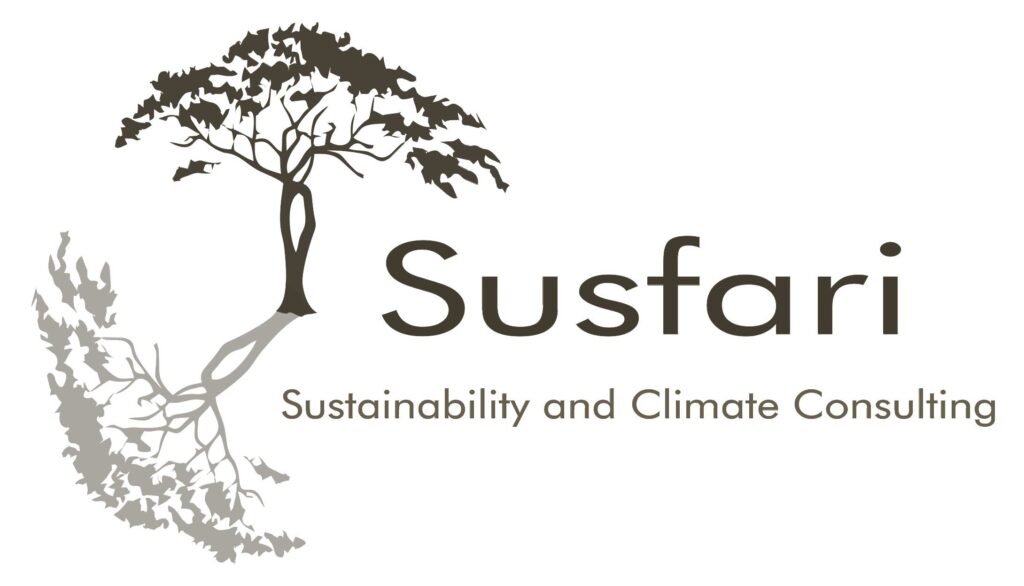
Climate change impacts in Kenya, more so flooding and rise in lake-water levels, are having devastating effects on the country’s infrastructure. Although flooding is not new to the country, the frequency of these flooding events is increasing and continue to have dire consequences with the country already experiencing climate costs. According to Kenya’s 2020 Nationally Determined Contributions to the Paris Agreement, socio-economic losses are estimated to cost the country 3-5% of its annual GDP. The National Climate Change Action Plan 2018 – 2022 reported that the Kenyan government, following the 2018 floods, allocated KES.75 billion to combat floods and their related impacts such infrastructural damage. A newly built bridge that costed KES. 100m in Paai, Kaijado East was reported to have collapsed as a result of heavy rains, with the pillars giving in to the flash floods in February, 2022.
Rising water levels in the rift valley lakes, Turkwel Gorge dam and Lake Victoria have brought about disastrous effects that include disruption of livelihoods, destruction of social amenities such as schools, health facilities and hotels, and loss of land estimated at 110,600 Ha within and adjacent to the lakes. This destruction is not limited to the lake regions but also in our cities. We are too familiar with images and videos of floods sweeping away cars with passengers having to seek refuge on higher grounds, filling up houses and destroying property therein. Businesses are not spared from destruction as one we saw in March last year, of a chicken coop completely flooded with perished chickens. These impacts are not only robbing the nation of advancements in recent times but risk the country’s future infrastructure if climate resilience is not ingrained in to their development.
Climate resilience is the ability of systems to absorb stress and maintain functionality in the face of climate change impacts. The OECD Environment Policy Paper 14 describe climate resilient infrastructure as one that is planned, designed, built and operated in a way that anticipates, prepares for and adapts to climate conditions. Such infrastructure is able to respond and recover quickly from impacts such as floods. This results to reduced direct losses and disruption of services such as in transportation and provision of amenities like water and electricity.
Built and natural infrastructure have a great influence on our resilience. Natural infrastructure acts as a protective barriers or buffer against natural hazards such as flooding and rising water levels. It protects built infrastructure and supports quick recovery of livelihood sources. These include wetlands, forests, floodplains, mangroves among others. Human activity has however affected our natural infrastructure, hence the need to restore them in addition to instituting other measures such as redefining riparian land to accommodate the rise in water levels. These measures and accompanying data is crucial especially for infrastructural development as it reduces risk of damage by eliminating location vulnerability. Mimicking natural infrastructure and blending our grey infrastructure i.e. that which deals with water, can redress flooding especially in our cities. Aquifers, lakes and wetlands provide water storage facilities while rivers provide water conveyance and transportation services. Rainwater storage facilities can be built, such as water squares or underground storages, to provide temporary storage for rain water with conveyance infrastructure such as expansive underground water drainage systems to direct the water to the reservoirs or drain to water bodies. A good example of this is the Benthemplein square, Rotterdam which not only serves as a water storage for storm water but also a recreational facility.

Other approaches to reducing impacts of floods is reducing run-off water by having permeable pavements, replacing hard surfaces with permeable materials to absorb water and green roofs, which are roofs coated with a green vegetation and a growing medium. These roofs not only reduce the risk of flooding by retaining excessive water but also reduce urban heat islands effects. This should be a key consideration for developers, investors and policy makers given the mushrooming concrete jungles in our urban areas. These measures can also be implemented in estates by having underground water storage infrastructure and retrofitting hard surfaces to alleviate estate flooding. For the chicken coop, elevation above projected flood levels or wet-proofing, where your allow water to pass through the building with minimised damage, can be employed to avoid a repeat of losses. Infrastructure such a bridges should be elevated taking into account projected flooding levels and reinforced to absorb shock, or work with water by allowing water to pass through them.
To address our vulnerabilities data collection and monitoring, for instance during the upcoming rains, is key to identifying weak points in our existing infrastructure and informing action. Modelling flood events, retrofitting for resilience, building back better and adopting green infrastructure for future projects are instrumental towards building our resilience. Developing an infrastructure disaster risk management plans is also important. Such a plan influences the design of infrastructure, handling during its lifecycle and in case of a disruption, spells out how functionality and services will be restored. These measures will not only save resources, but are key to achieving climate resilient development which reduces vulnerability and maintain environmental integrity as stipulated by the latest IPCC AR6 report. The report highlighted that climate resilience development emerges from everyday decisions and actions. As a real estate developer or contractor for example, the decisions one takes in the project lifecycle either steer us towards or away from sustainable development, which in itself is a compass for decision making. In addition to mitigation and adaptation policies, I believe that stewardship more so individual and societal environmental stewardship will go a long way in building a climate resilient country.
